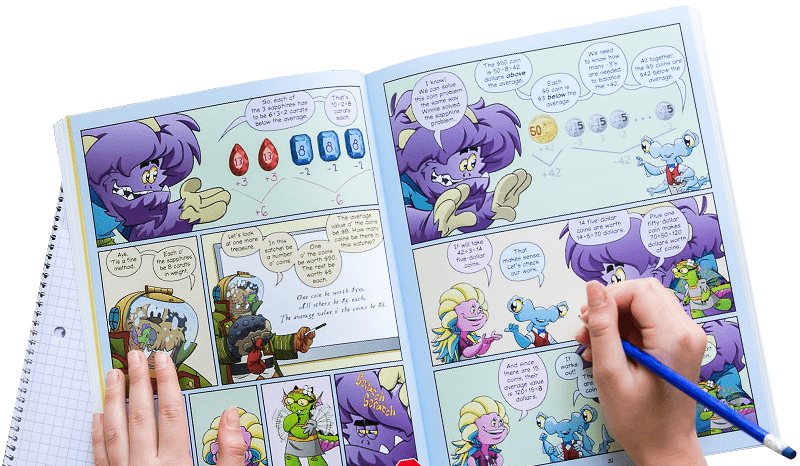Sprouts
Connect dots with loopy, curving vines in this classic math game. Draw the last vine to win.
Instructions
Draw 3 dots on a sheet of paper.

Now take turns. On your turn, draw a "vine" that starts and ends on a dot. Every time you draw a vine, add a new dot somewhere along the new vine. It's okay for a vine to start and end at the same dot. In the picture below, one vine has been drawn connecting two dots (with a dot added in the middle) and another vine was drawn as a loop, connecting back to the same dot it started from (and also with a dot drawn in the middle).

There are two rules:
- Vines can't cross other vines.
- Dots can have no more than 3 vines connected to them. (Once a dot has three vines, it's called "dead." Dots with fewer than three vines are called "live.")
The last player to draw a vine wins!
This simple game was invented by two mathematicians, John Conway and Michael Paterson, in the 1960s. They developed the rules by playing around with different variations until they found something fun and surprising. (A lot of interesting math starts with just "playing around!") Sprouts is a classic favorite of math beasts.
Don't forget: it's Beast Academy Playground, not Beast Academy Study Hall. Change the rules, be silly, make mistakes, and try again. The Variations and Learning Notes are here for you if you want to dive deeper, but not all of them apply to learners of every age. The most important thing is to have fun.
What do you think of this activity?
We're always looking to improve. Submit your feedback to us below.
- paper
- pencil
- strategic thinking
- spatial reasoning
- MP1
- MP2
- MP7

Ready to level up?
Keep problem solving with Beast Academy’s full math curriculum for students ages 6–13. Check out our captivating comic book series and immersive online platform.
LEARN MOREBring problem-solving to your classroom
Keep your entire class engaged with a full book and online math curriculum, for students ages 6–13. 98% of teachers say they’re satisfied with Beast Academy.
LEARN MORE



Ready to level up?
Keep problem solving with Beast Academy’s full math curriculum for students ages 6–13. Check out our captivating comic book series and immersive online platform.
LEARN MOREBring problem-solving to your classroom
Keep your entire class engaged with a full book and online math curriculum, for students ages 6–13. 98% of teachers say they’re satisfied with Beast Academy.
LEARN MORE
Sign up to be notified when new videos are released.

















































